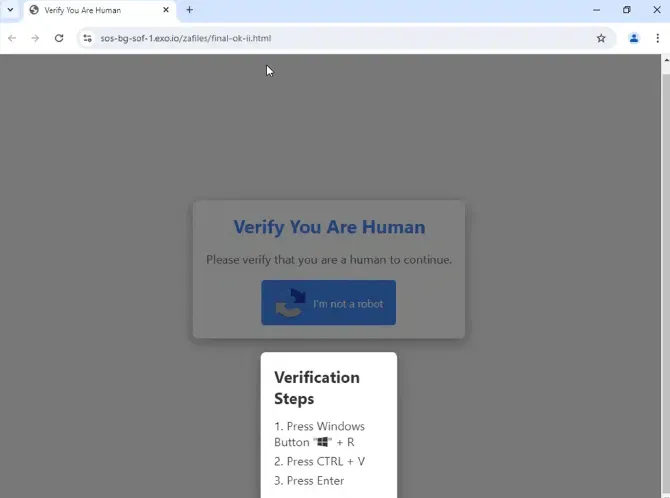The Pace of Attack Increases: Trends observed by Kroll in Q3 2024 demonstrate the speed at which threat actors can advance their tactics and areas of focus. The sudden rise in attacks on tech and telecoms in just one quarter alone demonstrates how quickly threat actors can evolve, leaving organizations struggling to keep up.
Disruption is Interconnected: The wave of disruption that the global CrowdStrike IT outage created around the world in Q3 2024 demonstrates the impact of such events on organizations. In an increasingly interconnected and cloud-dependent world, this large-scale domino effect is highly unlikely to be a one-off. The only question is how well-prepared organizations are to act when the next incident occurs.
One-Hit Approaches are Inadequate: The growing efforts of nation-state actors and the continued volatility of ransomware groups point to a landscape in which it is increasingly risky to rely on reactive, one-off approaches to security. With so many threat types and conflicting security requirements, it is imperative that companies fully embrace ongoing business continuity and incident response planning.
Risk Grows Increasingly Complex: As the nature of security risk becomes more complex and variable, organizations must ensure that they view business continuity from a broad-ranging perspective. Mitigating risks requires significant collaboration and effort beyond cyber and technology teams to include business resilience and third-party/outsourcing functions. Despite this, many organizations still lack robust and sustainable solutions that will enable them to manage the associated risks.
AI Generates Fresh Threats: With AI-generated malware found to be delivering ASYNCRAT via phishing emails this quarter, it is clear that the technology continues its rise as yet another weapon in threat actors’ armories. The growing use of these types of tools again highlights the risks of relying on traditional security approaches alone.
With so many varying factors in play in Q3 2024 and likely to affect on security in the months ahead, the Kroll CTI team makes the following recommendations:
- Ensure that your organization prioritizes incident response planning. A well-structured plan will safeguard your employees, protect your data and ensure business function is maintained.
- Support incident response planning with regular testing and assessments to validate that processes are in place during an emergency. Regular testing can help you identify, monitor and analyze vulnerabilities in your information security systems. It can also enable you to identify potential data privacy and security compliance issues that may have been previously overlooked.
- Complete regular, customized incident response tabletop exercises led by seasoned experts. This will give the members of your incident response team a valuable opportunity to clarify and rehearse their roles and boost their confidence in carrying out their assigned duties in the event of an incident. Tabletop exercises will also highlight where guidance or information needs to be updated.
- Put in place a cyber risk retainer capable of enabling swift and strategic response in the event of an incident. As well as being fully configurable to your environment, this should be customizable to a level that enables you to access the type of proactive response and notification services required to fulfill your evolving security situation and business goals.
- Ensure your organization has key controls in place and that each capability and control implemented includes a combination of people, process and technologies to be fully effective. These controls also require good governance and metrics to provide ongoing assurance that they’re working properly and delivering return on investment—and to identify when they are not.
- Gain an expert external review of your existing business continuity plans to ensure alignment with evolving industry best practices and business needs. This is best achieved by working with a cyber security partner with the breadth of experience and offerings to enable you to achieve comprehensive cyber resilience.
















